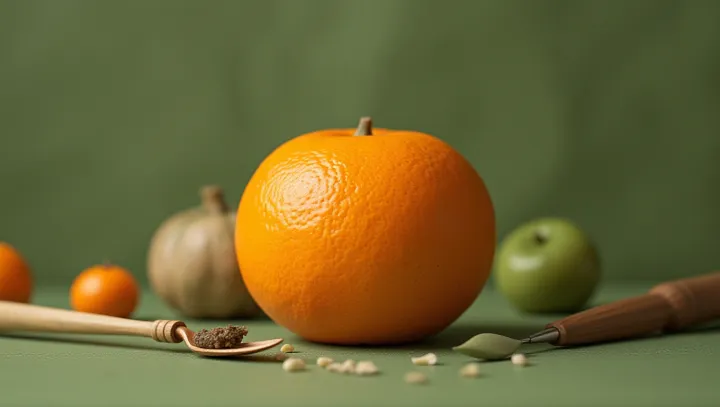The Role of Human Impact in the Evolution of Sweet Oranges

In the bustling markets of Southeast Asia, one may assume that the sweet orange is a naturally occurring marvel. However, current studies reveal that this citrus favorite is far from being a wild fruit. Instead, it stands as a testament to human ingenuity in agriculture.
Historically, the sweet orange emerged from a complex process of human cultivation. Scientists indicate that its lineage traces back to the regions of China and India, where early farmers meticulously merged the pomelo and mandarin varieties to develop the orange we cherish today. Expert horticulturists like Dr.
Emily Zhang emphasize the significance of recognizing such origins, noting, "Understanding that the sweet orange is a product of human choice helps us appreciate the intricate relationships between native crops and agricultural practices." As we embrace the diverse fruits in our diets, the discovery about the orange invites curiosity towards exploring the potential histories of other consumables. It challenges preconceived notions about what constitutes 'natural' produce, highlighting the impact of human touch in shaping our food landscape.
